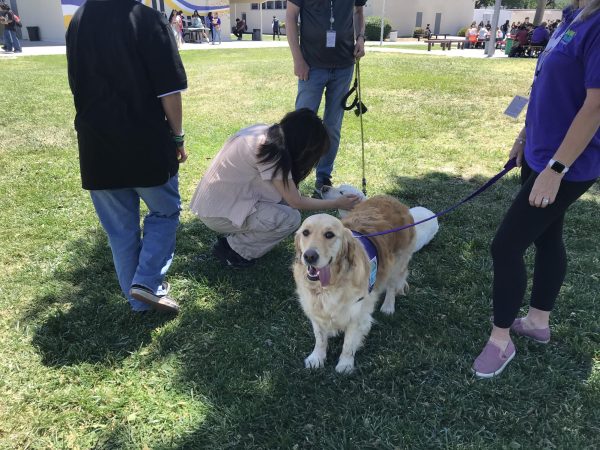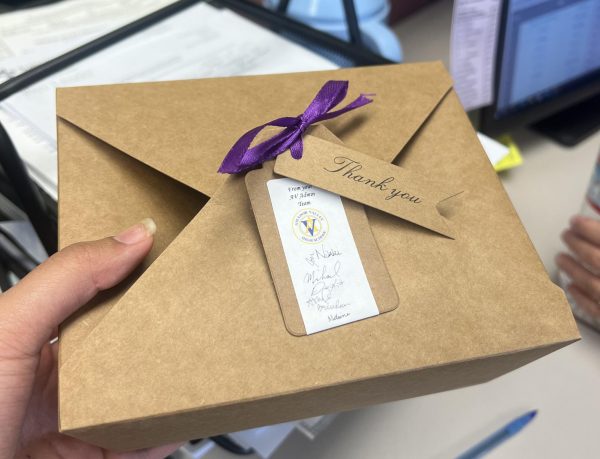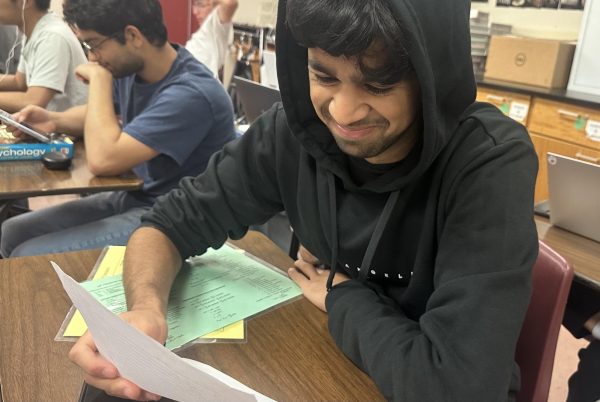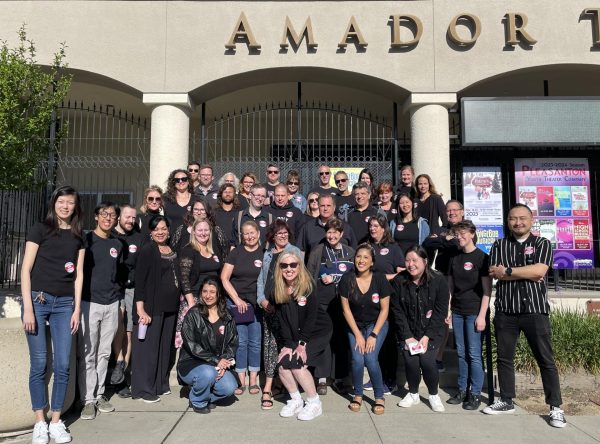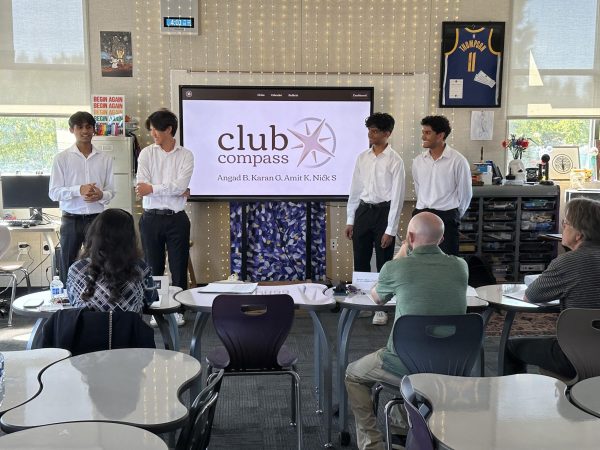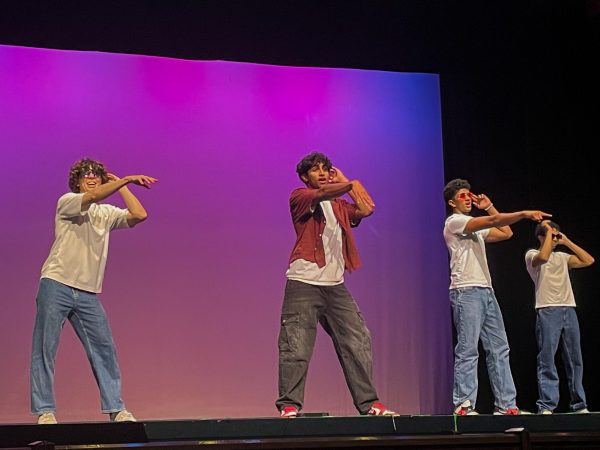Understanding the significance of Every 15 Minutes
Every 15 Minutes is a two-day program organized by the California Highway Patrol that emphasizes the dangers and consequences of driving under the influence.
Every 45 minutes someone in the United States dies as a result of drunk driving.
On the morning of Mar. 2, Amador students turned their heads in confusion as a heartbeat pumped and fell flat through the school speaker system. Believed to be a possible malfunction in the sound system, the warning was ignored. Fifteen minutes later, the pulse rang out again.
Unbeknownst to most students, during the two heartbeats, over thirty different lives were lost that day around campus.
Highlighting the consequences and dangers of driving under the influence, Amador’s Every 15 Minutes (EFM) presentation emphasized how one poor decision can affect an entire community.
With the joint efforts of the EFM Committee, Amador’s Video Production class, Pleasanton city officials, Village High School, and the California Highway Patrol (CHP), the event takes over 300 hours to organize, plan and assemble. The biennial event switches every year from Amador to Foothill High School and consists of three main components: a crash, a video, and a funeral.
“The event isn’t supposed to preach ‘don’t drink, don’t do drugs,’ because if any adult says that, kids are going to say ‘that’s exactly what I’m going to do.’ We’re just trying to tell you that if you make the decision to get behind the wheel, the consequence is going to be more than being grounded for a few weeks. It’s going to be something that changes not just your life, but also the lives of those around you, and it’s just not worth the risk,” co-advisor of Amador EFM Kevin Kiyoi said.
Planning for this presentation began a year and a half in advance with CHP grant processes, hours of storyboarding, and dozens of student volunteers. This year’s presentation began with a heartbeat.
As the flatline echoed across campus, police officers charged into various classrooms, escorted individual students outside, and announced the escorted students dead. In the students’ absence, the police placed a rose on the missing students’ desks and read an obituary to the class, explaining that the students had died due to a drunk driving accident somewhere across the country.
The students who were removed from their classrooms had transformed into the “Living Dead,” a group of pale-faced individuals who couldn’t speak, react, or engage with their surroundings. Representing the diversity on campus, these Living Dead students were chosen so that their absence would have a greater impact on the broader Amador community if they were forever removed from the student body.
“One of our goals was to reach as many groups on campus as possible. We had students in the Living Dead from cheer, band, volleyball, DECA, dance team, and Bollywood. We picked students who were a part of these groups on campus to connect them all, but also show that this situation can happen to anyone,” EFM video director Max Kiyoi (‘24) said.
The Living Dead would meet their peers once again, as juniors and seniors gathered along the Del Valle Road to watch the Every 15 Minutes performance. In the center of the road, two staged cars from a junkyard seemingly crashed in what looked like a dangerous collision.
Over the loudspeaker, a recorded 911 call between Village High student Cait Maxey and an emergency responder initiated the production.
In one car, sober actors Nishant Doss (‘24), Anita Gautam (‘24), Sara Vannoni (‘23), and Nate Clinton (‘23) were driving home from school when intoxicated driver Thomas Kim (‘23) crashed into their vehicle. Kim’s passengers, actors Maxey, Nolan Lees (‘23), Anisha Madiraju (‘24), and Megan Jagoe (‘24), were caught in the crossfire of the impact.
Breathing heavily, Jagoe exited her car screaming for help, pulling Madiraju, Kim and Maxey out with her. Spread across the hood of Jagoe’s car, Lees lay unresponsive and covered in shattered glass.
In Doss’ car, the collision trapped Clinton and Vannoni in the back seat with Doss unconscious in the driver’s seat. Covered in blood and concerned for her peers, Gautam ran out immediately to embrace Jagoe and frantically check in with those around her.
To investigate and assess the severity of the scene, CHP officials, emergency medical technicians (EMT), the Pleasanton Police Department, and the Livermore and Pleasanton Fire Department arrived at the crash. Firefighters broke down the door of Doss’ car, freeing Vannoni, Doss and Clinton. Needing immediate medical attention, Doss and Clinton were carried into ambulances and taken away to Eden Medical Hospital.
After EMTs declared Lees as dead on-site, he was carried away in a body bag and removed from the crime scene in the county coroner’s van.
“Being dead on-site and not knowing anything that was going on around me besides the noise was absolutely terrifying. Hearing the screams of people I had become friends with, the commotion from the first responders, and being put in a body bag was one of the most bone chilling experiences I have ever had. Just the thought of everything I’ve ever done could be taken away that instantly was terrifying,” Lees said.
Pulling Kim into the open, Amador School Resource Officer Nicole Olah confronted Kim and performed a field sobriety test to assess his state of mind and determine her next steps. Having failed the test, Kim was forced off of the premises, and eventually received a twenty year jail sentence on the account of vehicular manslaughter and driving under the influence.
Simultaneously running around the crash scene, nine students from AV Video Production filmed the crash every step of the way. From footsteps to emergency vehicles, they only had one shot to get all of the footage needed to fully edit the crash scene for their video. Filming since winter break, these editors worked tirelessly to stitch together the context, crash, and aftermath of the EFM storyline.
“The storyboard went through a lot of trial and error. We changed it up a lot mostly in the days leading up to the crash because that’s when we started putting together all of our footage. Even now it’s changing around because we’re still putting everything together trying to see what we need in places and what we don’t need in others. What we can cut and what we need to add if we have the stuff we need to add to it,” video production editor Ritika Gupta (‘24) said.
Following the crash, the “deceased” students stayed at a local hotel, separated from their parents and isolated from their peers. With their phones labeled and locked away, the students bonded over the shared isolation and collaborated on team building exercises related to the EFM program.
While the dead spent the night at their retreat, the Video Production team locked themselves in the AV media arts lab and dedicated the entire night to completing the video needed for the next day’s assembly. Sifting through hours of footage from half a dozen different cameras, the group worked past midnight to edit, publish, and finalize a 23 minute documentary film.
Come Mar. 3, Lees, the other actors, and the Living Dead were nowhere to be seen at school. Only their tombstones in the grass mentioned their names.
Juniors and seniors flooded into the gym to watch a funeral organized for their deceased friends and acquaintances. Parents of the dead, district officials, and EFM organizers sat in rows facing a coffin and a projector screen.
In pairs, the Living Dead and EFM actors walked silently down the aisle, parting the gym. With solemn faces, they held candles that illuminated their grave expressions.
The room darkened, the curtain lifted, and Amador’s 2023 Every 15 Minutes documentary began. The story, narrated by Josef Rager (‘23), followed Kim’s retelling of the tragic events through flashbacks.
From Jagoe’s birthday party with available alcohol to the sentencing of Kim in court, the video documentary explained the greater context from the previous day’s crash. Concluding the tragic series of event, Olah placed Kim in handcuffs and walked the convicted felon to the local jail.
Following Kim’s arrest was guest speaker Wendy Reynolds, the sole survivor of a 1973 drunk driving accident that left her an orphan and ward of the court at only 5-years-old. Raising awareness for an issue that altered her entire childhood, Reynolds currently works as an estate planning attorney and public speaker for the EFM program, working to put people like the man who killed her family, behind bars.
“This isn’t just a teenage issue. Alcohol and weed especially, is not just a teenage issue. This is an epidemic of senseless death. I just want everyone to know that it takes one bad choice to end people’s lives and you can’t ever go back and change it. I wish we could,” Reynolds said.
Reading a love letter to Nolan, Lees’ parents explained how proud they were to have him as a son as well as how proud they were about his participation in the program. As a high schooler, Bruce Lees, Nolan’s father, lost one of his friends to a drunk driving accident and feels strongly about the importance of the EFM program and the emotional toll it takes on individuals involved.
“You try not to let the emotion get to you, but it does. You try to think of it as ‘I hope this helps one of these kids in this room.’ That’s really what it’s all about. If it helps one kid make a good choice, it’s well worth any amount of pain or discomfort it causes to a parent. You’d do anything to protect your kids, and if it means taking this job, I will do it,” Bruce Lees said.
In the United States, nearly 30% of crash fatalities are a result of driving under the influence of alcohol. While under zero tolerance laws the minimum legal drinking age is 21, alcohol is undeniably a large part of student party culture and can be readily accessible to youth within their own homes.
An Amador junior, who chooses to stay anonymous, mentions a time when he found out one of his friends had started to drive after consuming alcohol at a party. He feared for his friend’s safety and would have helped take preventative measures had he known of his friends choices at the time.
“Because I personally can’t drive, I would have told [my friend] to find someone sober that has a license that could have driven him, or to call his parents if nobody was available. I would have even called my parents, because you have to look out for your friend at that point. You can’t let them do what they think they have to do, because they’re not thinking straight and it’s too dangerous,” the junior said.
Just as with Kim’s case, students are not safe from the legal consequences posed by driving under the influence. If caught, charges can range anywhere from driver’s license revocation to jail time. Fines and legal fees can surmount anywhere upwards of $10,000, even if a driver is caught in a first-time offense.
In California, underage drunk drivers are still liable for receiving the same sentence as an adult in court. These convictions are also sent to colleges and employers which inevitably affect the opportunities students will have in their futures.
Driving under the influence can cause irreversible damages to the lives the individuals directly and indirectly involved. Before making the decision to get behind the wheel, a little common sense and logical reasoning is all it takes to save a life.
“There’s no do-overs in life. So many choices don’t matter, but it’s the choice of whether you are going to drink, or smoke weed, or text and drive that can kill people,” Reynolds said. “It’s not just a choice you make now, it’s a choice you are going to make for the rest of your life. And you have to make the right one, because you only get one chance at it.”
Your donation will support the student journalists in the AVJournalism program. Your contribution will allow us to purchase equipment and cover our annual website hosting costs.

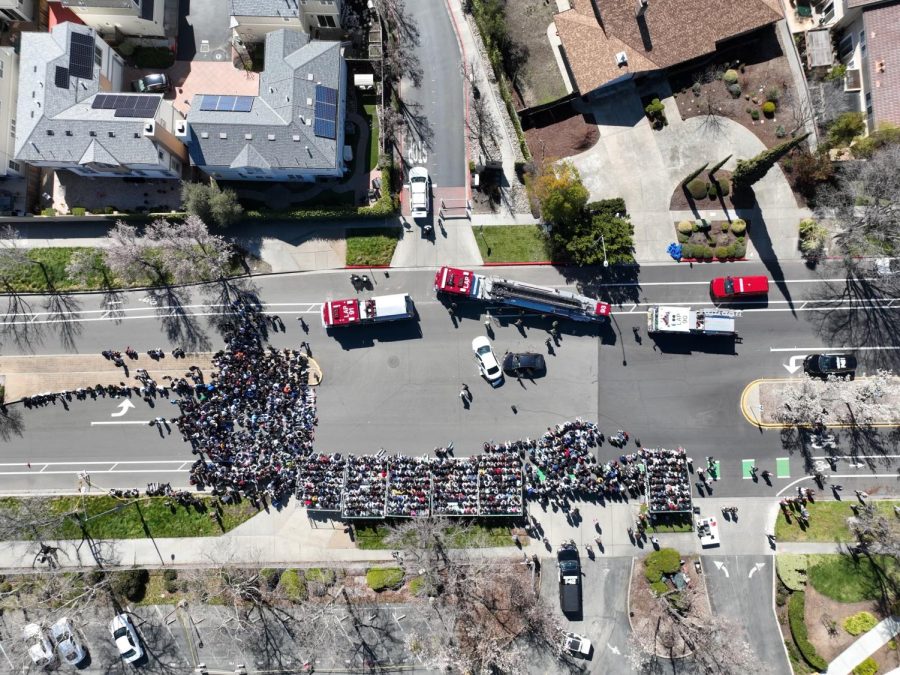
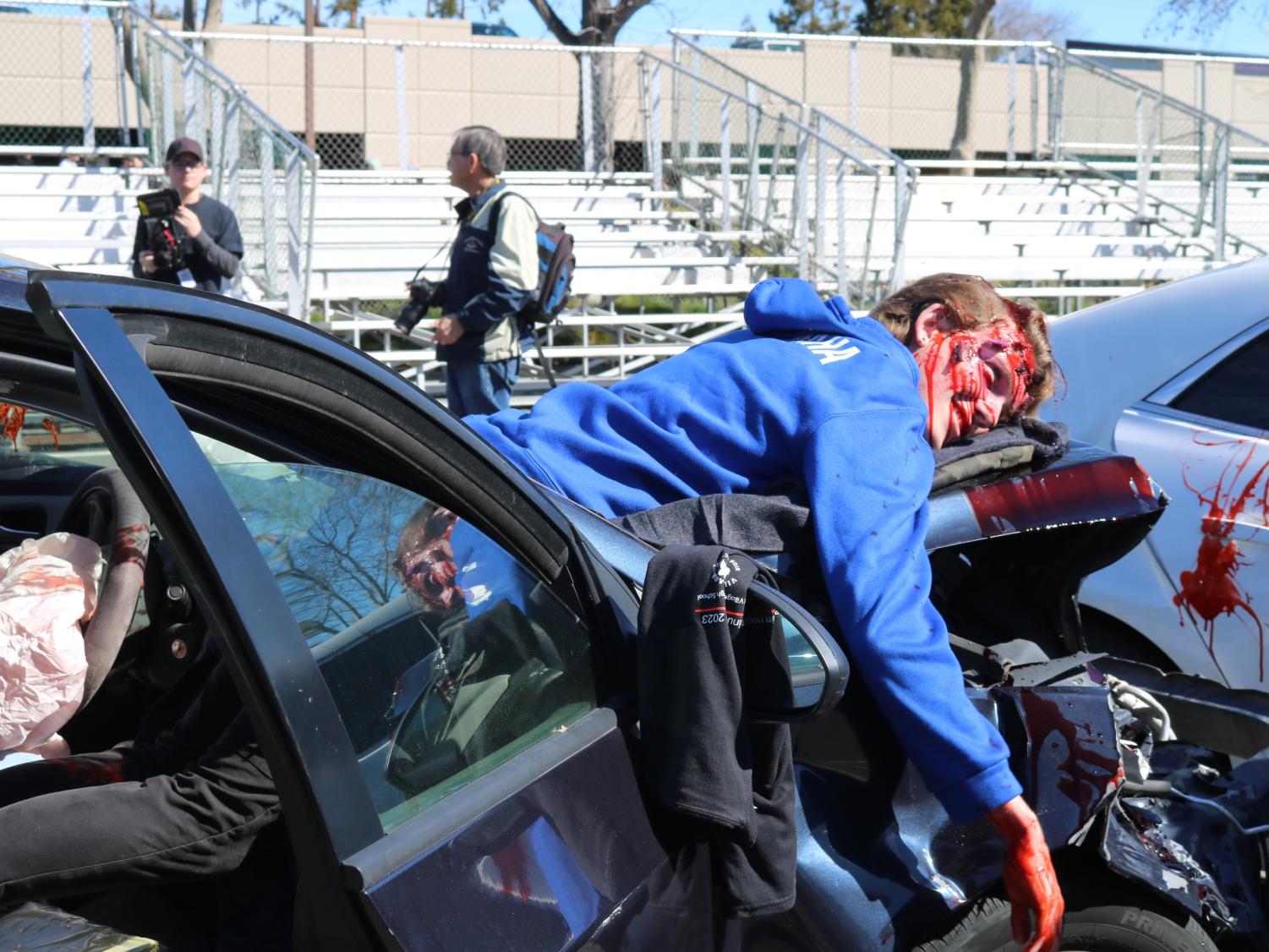
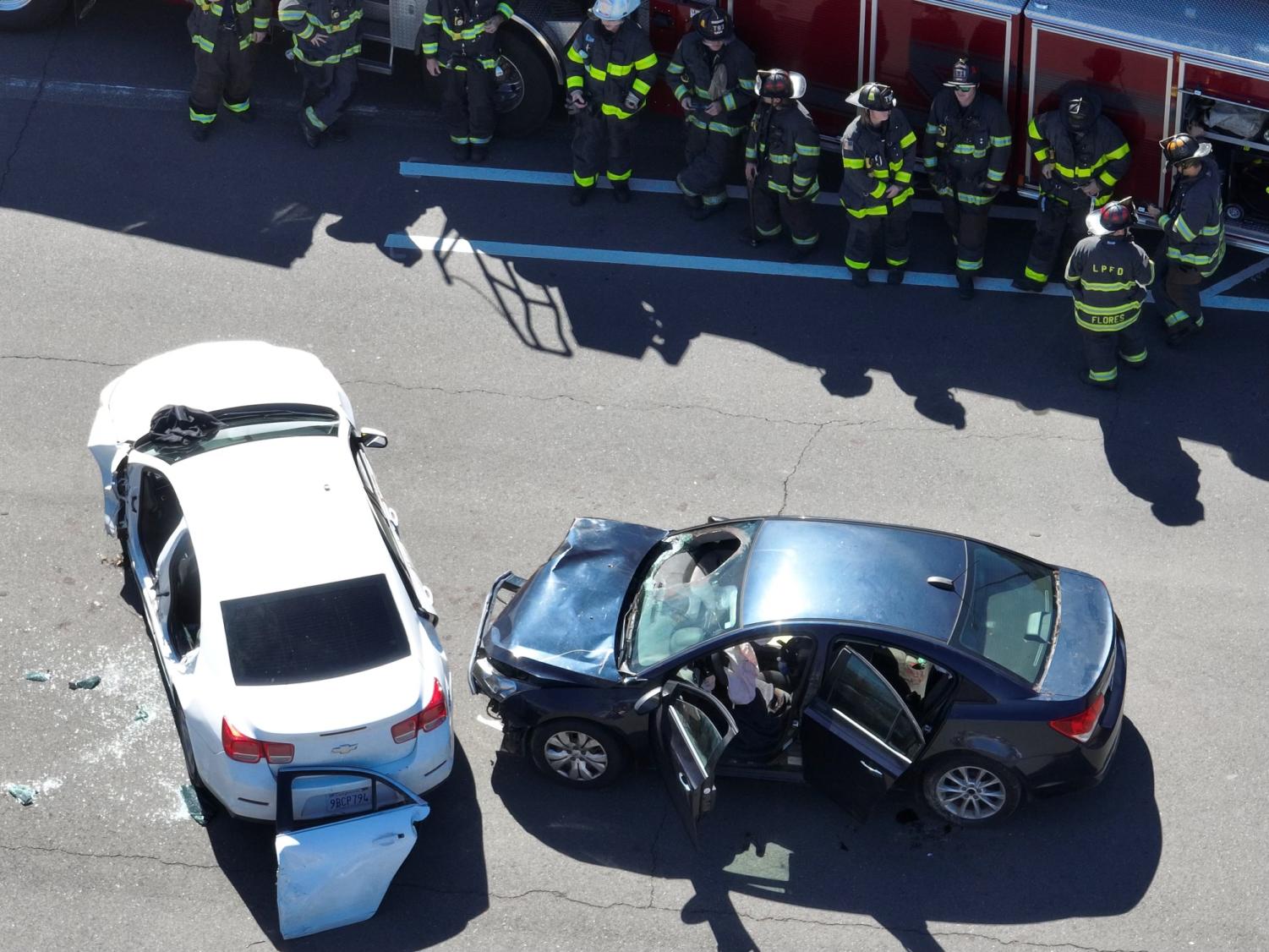
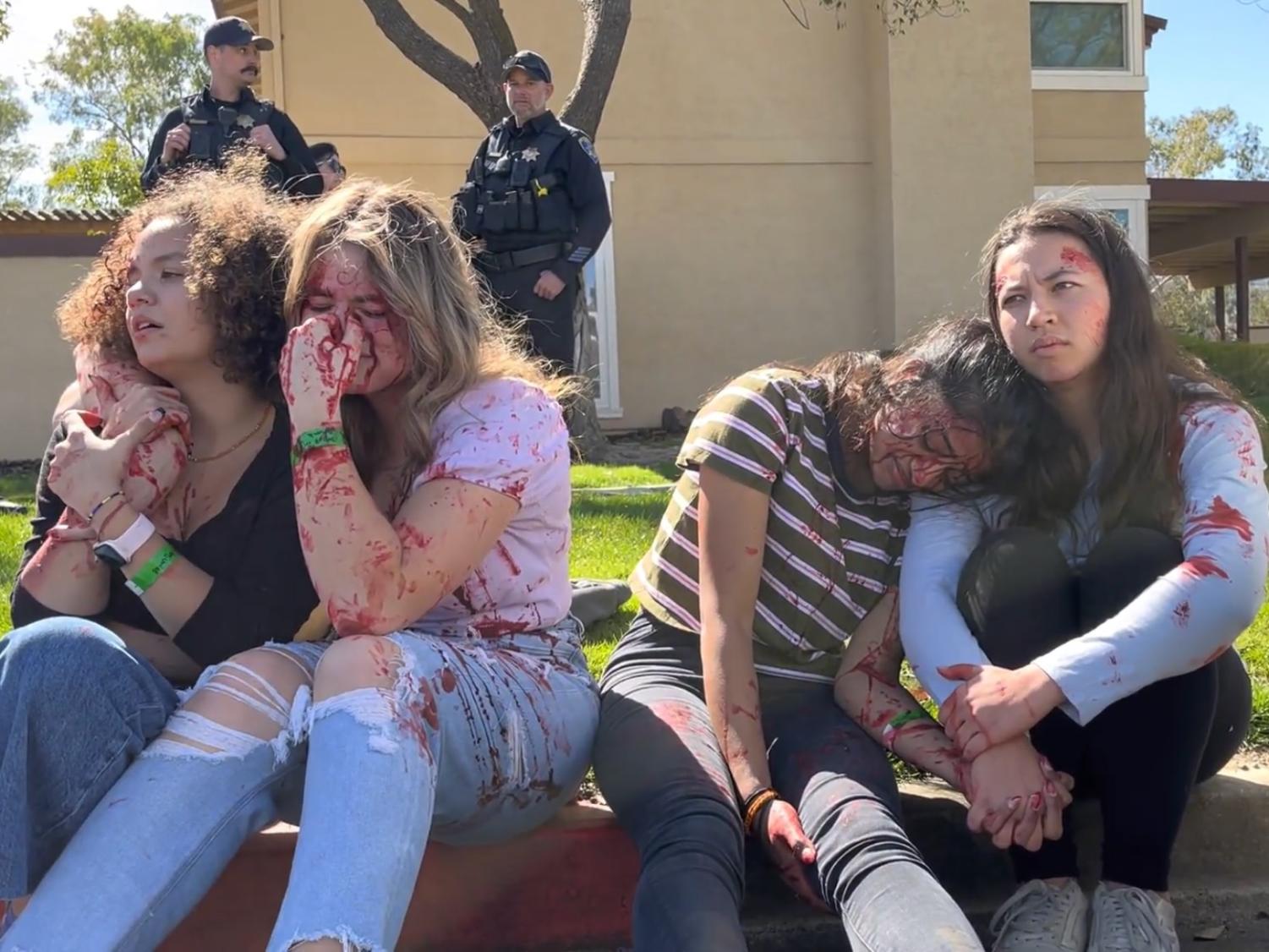
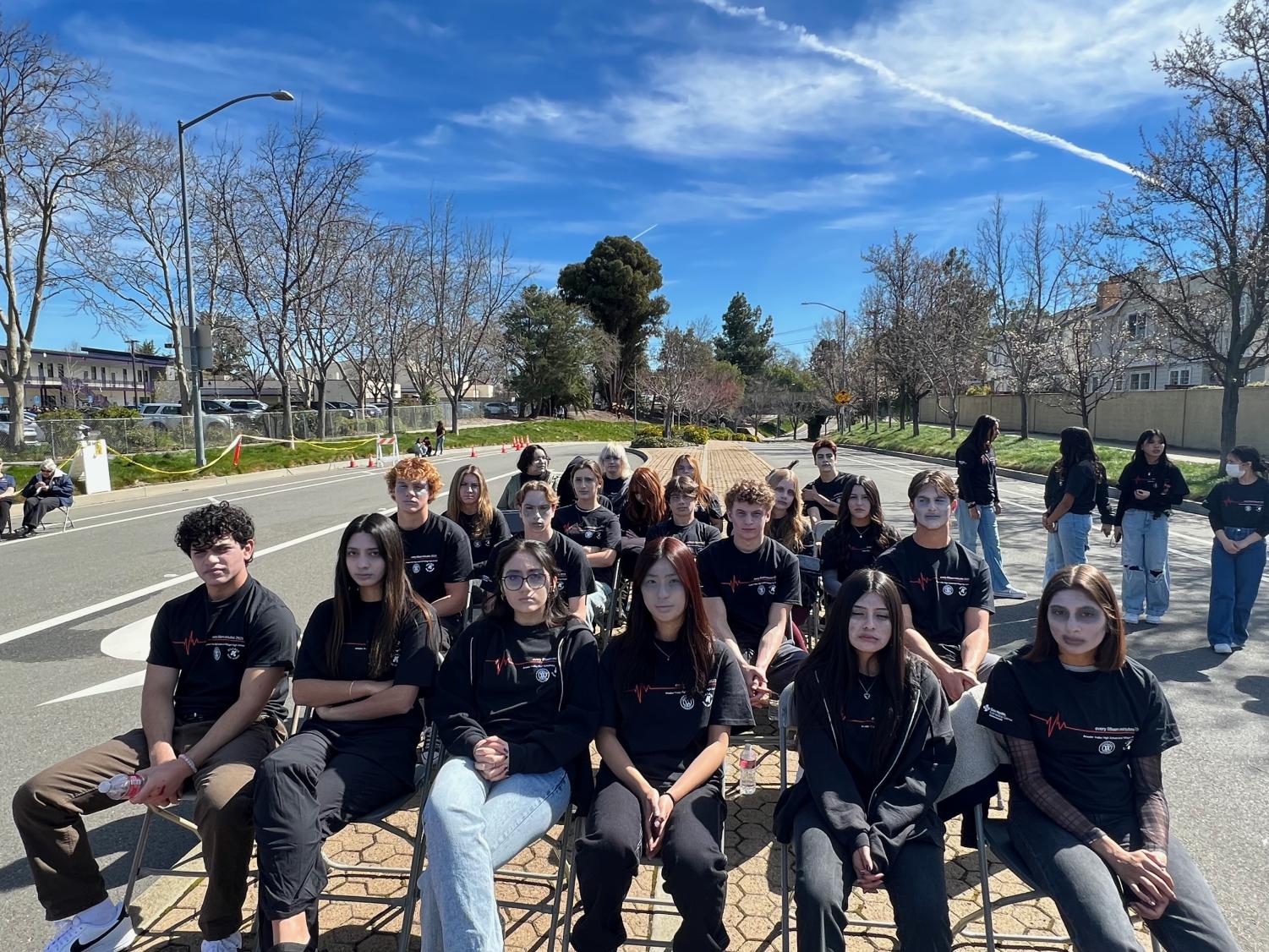
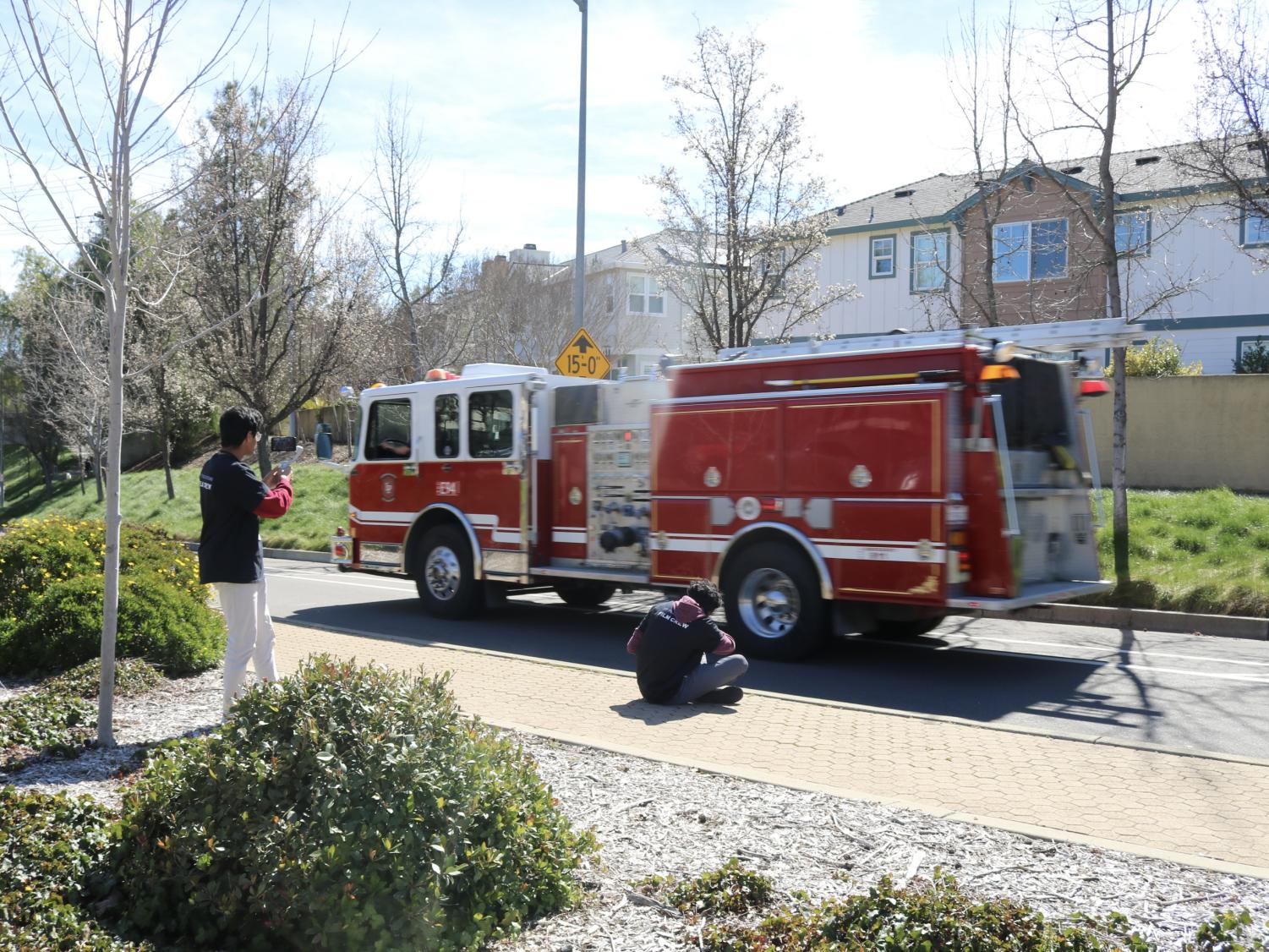
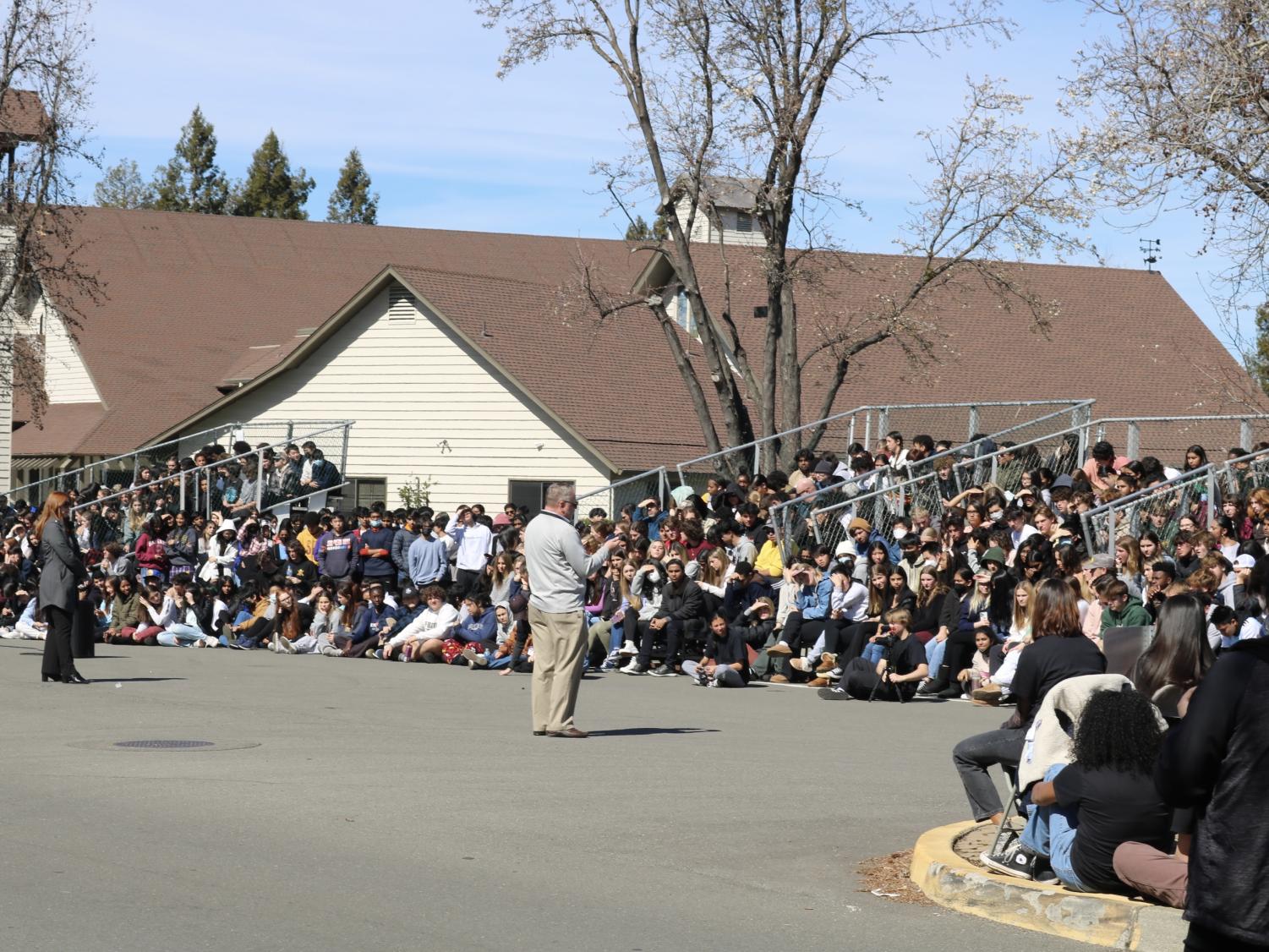
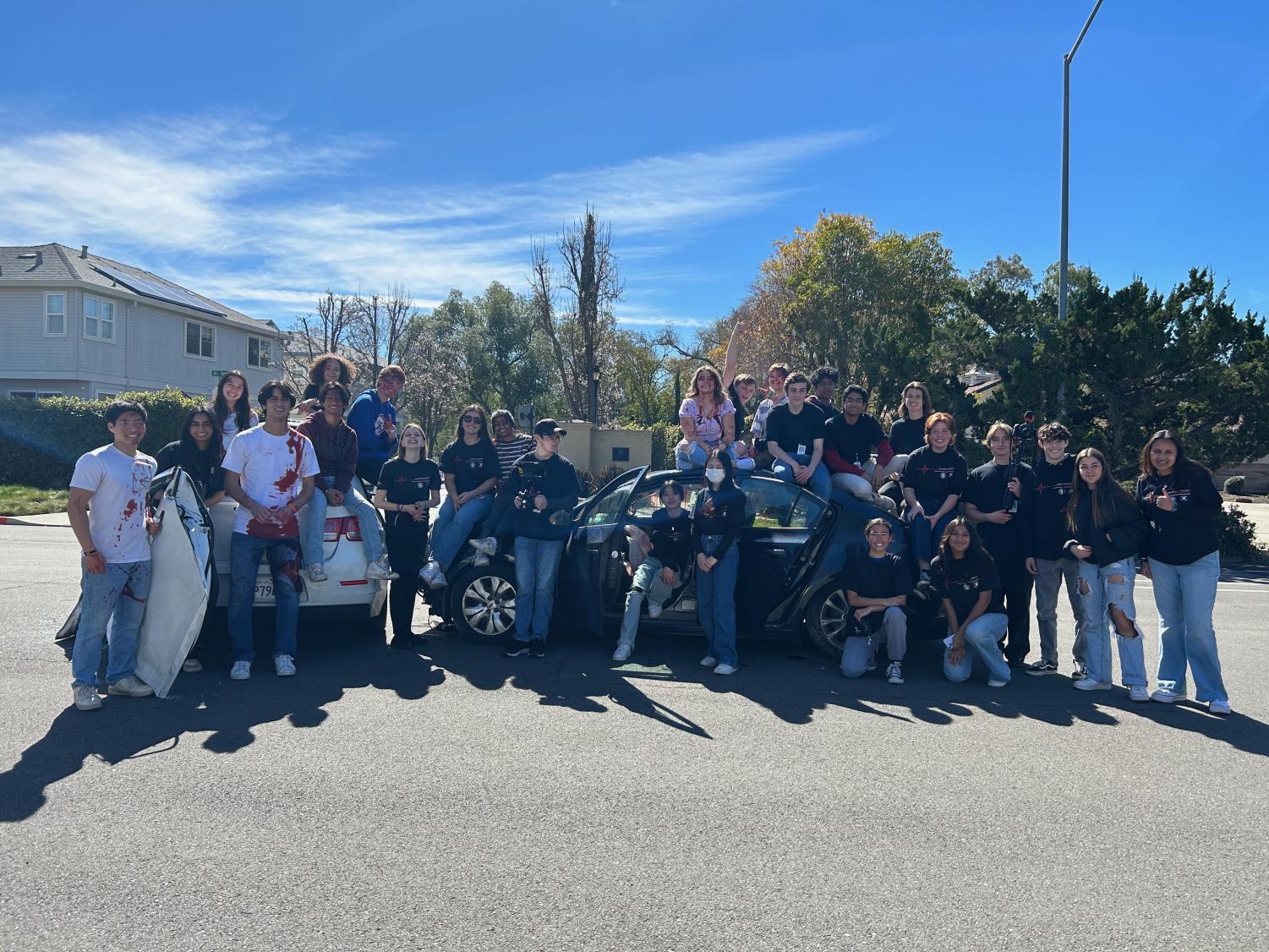
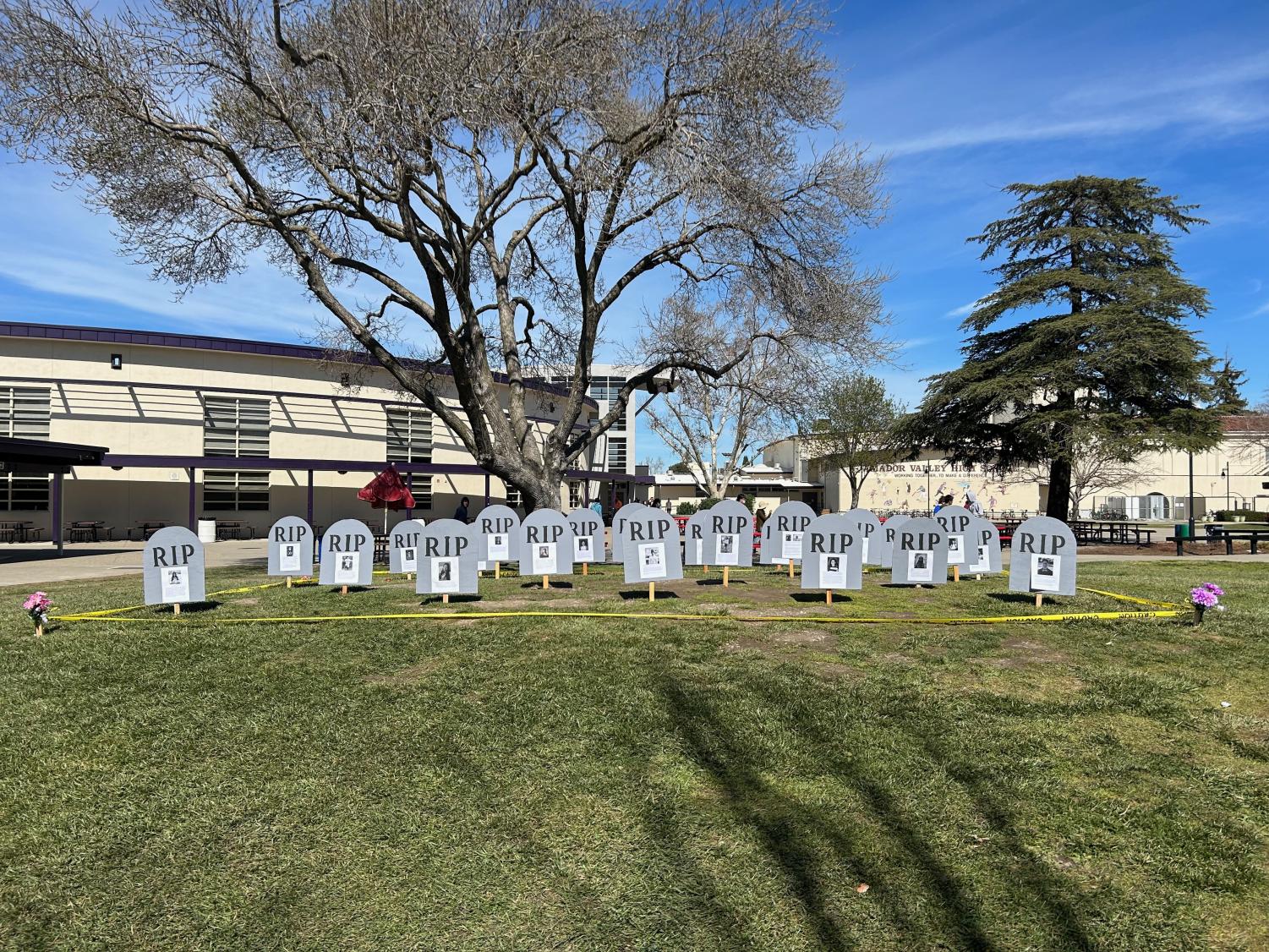
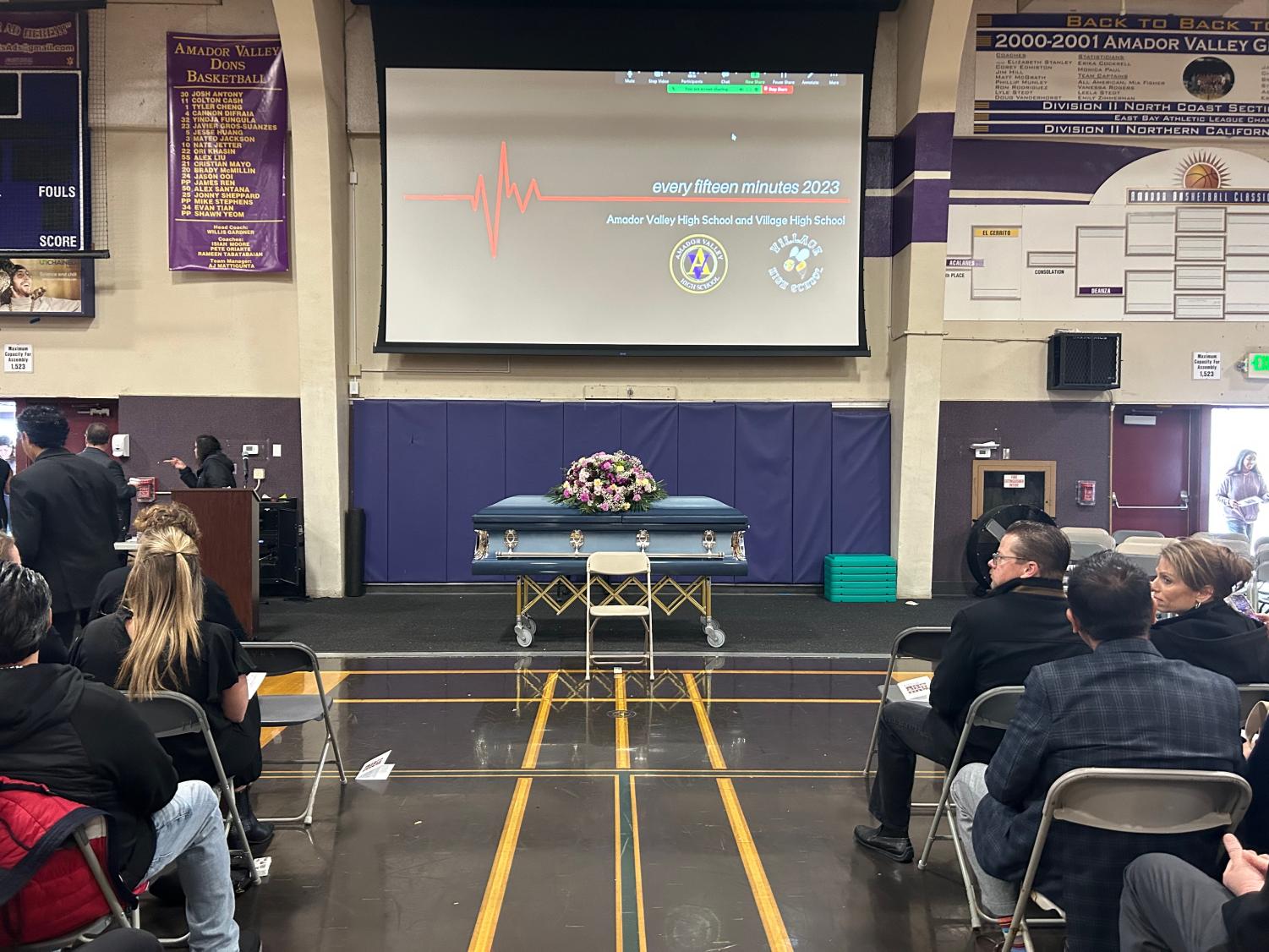
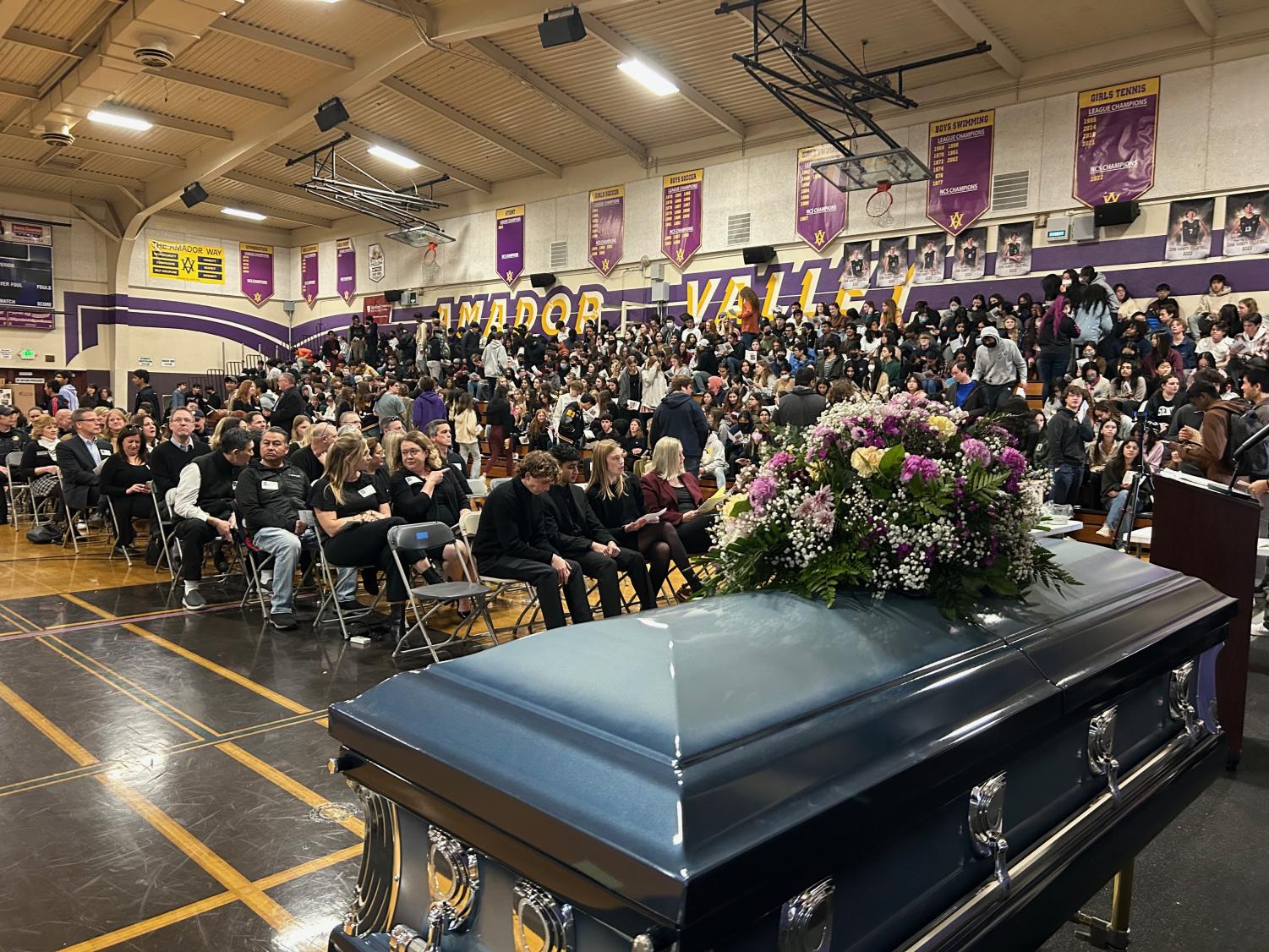
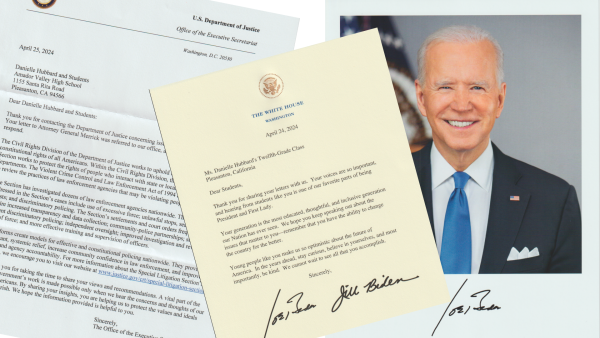
![The outgoing EICs [left to right] Zenil Koovejee, Aileen Hu, Ritika Gupta, Zaynah Shah, and Audrey Combs take a picture with journalism advisor Wendy Connelly to commemorate their last banquet.](https://www.amadorvalleytoday.org/wp-content/uploads/2024/05/458E2D9A--600x451.jpg)
